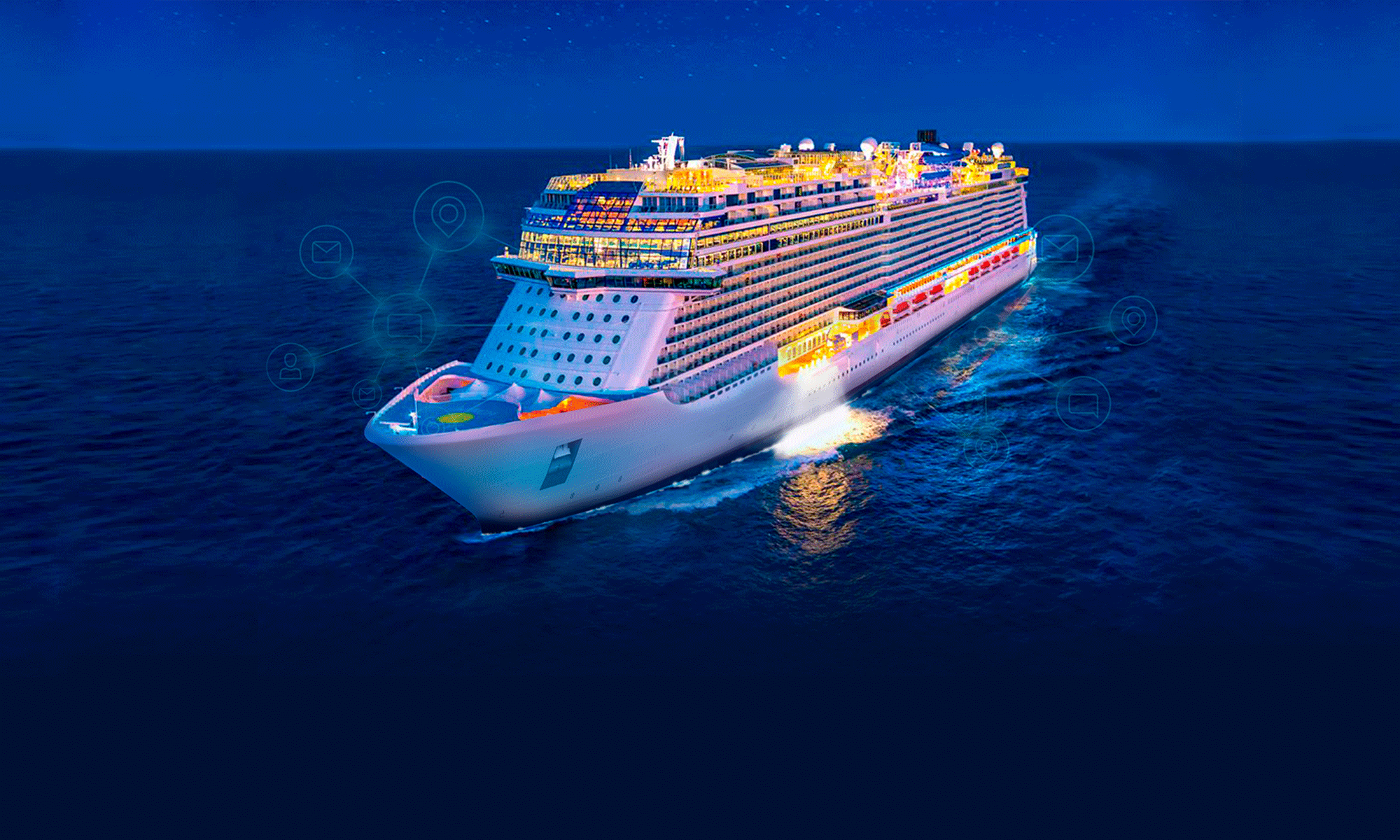When we think of cruises, our thoughts usually turn to tropical waters and remote islands. However, you can still find many amazing trips without even needing a passport. For these closed-loop cruises, all you need is a boarding pass, a government photo ID, and a US birth certificate. With the pandemic forcing us to be more considerate about international travel, a domestic cruise could be the answer for scratching that itch to go somewhere exotic.
Let’s take a look at some of the best cruise destinations available at your doorstep.
Hawaii
Length: seven nights to 18 nights
Distance: roughly 3,100 nautical miles
Time to go: Between March-September
When it comes to domestic cruises, it’s hard to beat a trip to Hawaii. Hawaii is surrounded by the warm waters of the Pacific ocean and gives tourists the chance to explore the volcanoes, beaches, and waterfalls that span the islands. There are many departure ports across the West Coast — making it easy for you to reach this popular destination.
Most cruises stop off at Honolulu first—where the infamous Waikiki Beach and the Pearl Harbor monument is located. The other main attraction is Lahaina, providing the opportunity to take a helicopter ride and have a bird’s eye view of the dormant volcanoes.
Alaska
Length: six nights to 30 nights
Distance: roughly 900 nautical miles
Time to go: Between May-September
Alaska undoubtedly has some of the most awe-inspiring scenery in the USA. You can be forgiven for equating a trip to the “last frontier” as going back in time— the historic mining towns and fish markets that have kept the same customs for decades. However, Alaska mixes the old with the new, with plenty of fine-dining and cultural experiences available in cities such as Juneau.
There is more wilderness in Alaska than anywhere else in the USA. All of that wild terrain and rugged beauty is home to fantastic land and sea animals. You can expect to see bears, moose, wolves, eagles, and humpback whales, to name a few. The most popular departure points are Vancouver and Seattle for those wanting to head out from the North-West.
New England
Length: six nights to ten nights
Distance: roughly 600 nautical miles
Time to go: Between May-October
Although it’s perhaps not a destination that would spring to mind for many people when considering a cruise, the Northeastern state represents a great way to combine seeing city landmarks of New York and Boston with natural wonders. One of the best times of year to visit is during early autumn, when the wilting foliage produces an incredible spectrum of colors. The Northeastern coastline is obviously home to spectacular seafood as well—Maine lobster, steamed clams, and oysters are all to die for.
The Boston Freedom Trail is an excellent resource for learning about the American Revolution. Furthermore, you can explore Peggy’s Cove and its lighthouse in Nova Scotia, as well as the Halifax Citadel National Historic Site, a 19th-century military fort with spectacular views of Dartmouth Bay and the Angus L. Macdonald Bridge. Bar Harbor in Maine also has plenty of hiking trails in the surrounding Acadia National Park. The added benefit of a cruise in this part of the US, is the availability of departure locations from the many port cities in the area.
Uncertainty surrounding the COVID-19 pandemic is not going away anytime soon, so travelers need options closer to home. These cruises mentioned above give you several possibilities that may only require a short drive or flight to get to the departure point.
To learn more about cruising safely during the pandemic, check out our recent blog on this exact topic!
